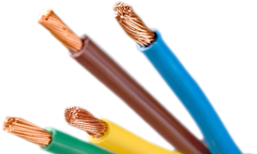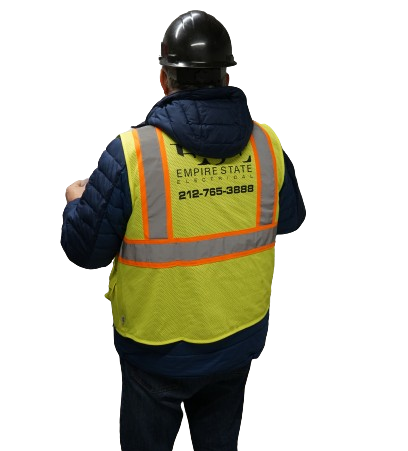Understanding Electrical Regulations in New York: A Guide for Homeowners and Professionals
When it comes to electrical work in New York, adherence to local codes and regulations is essential for safety and compliance. Whether you’re a homeowner planning a renovation, an electrical professional, or just curious about the standards in place, understanding these regulations can help ensure that your electrical systems are safe, efficient, and up to code. In this blog, we’ll explore the key aspects of electrical regulations in New York, highlighting important considerations and requirements. Key Aspects of the NEC:Wiring Methods: Specifies how electrical wiring should be installed and protected.Circuit Requirements: Outlines requirements for circuit breakers and wiring capacities.Grounding and Bonding: Ensures that electrical systems are properly grounded to prevent electric shock and ensure safety.Safety Devices: Includes requirements for safety devices such as ground-fault circuit interrupters (GFCIs) and arc-fault circuit interrupters (AFCIs). New York City Specifics:Permits: In NYC, most electrical work requires a permit. This includes installation, modification, or repair of electrical systems.Inspections: Work must be inspected by the Department of Buildings (DOB) to ensure it meets code requirements.Licensed Electricians: Electrical work in NYC must be performed by a licensed electrician or under the supervision of a licensed master electrician. Steps for Obtaining Permits:Submit Application: Provide detailed plans and descriptions of the electrical work to your local building department.Review Process: The application will be reviewed to ensure it meets code requirements.Approval: Once approved, you will receive a permit allowing you to start work.Inspections: After the work is completed, an inspection will be conducted to verify compliance with the code. Benefits of Compliance:Safety: Proper installation and maintenance reduce the risk of electrical hazards.Insurance: Insurance companies may require proof of compliance for claims.Property Value: A well-maintained, code-compliant electrical system can enhance property value and appeal. Choosing the Right Professional:Verify Licenses: Ensure the electrician holds a valid license for your area.Check References: Look for reviews or ask for references from previous clients.Get Multiple Quotes: Compare quotes and services to ensure you’re getting a fair deal.ConclusionUnderstanding and adhering to electrical regulations in New York is crucial for the safety and functionality of your electrical systems. Whether you’re undertaking a renovation, dealing with repairs, or just keeping up with maintenance, being aware of these regulations helps ensure that all work is done safely and in compliance with local laws. For complex projects or specific questions, consulting with a licensed electrician can provide additional guidance and peace of mind. Stay informed and stay safe!




